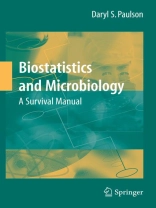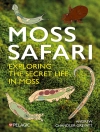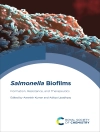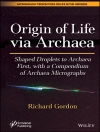influence on the conclusions that result. A very “conservative” statistic requires very strong proof to demonstrate significant differences, whereas a “liberal” one requires less. “Yuck, ” you say already, “I just want to know the answer. ” To this, I respond, when in doubt, use a conventional statistical method, one that can be agreed on and accepted by most authorities. These conventional kinds of methods will be presented in this book. As you gain experience, choosing statistical methods will become almost an intuitive process. For example, for problems in which you have little experience, you will be very cautious and conservative. By analogy, this is similar to rafting a river for the first time. If you see rapids in the river, you will be more conservative as you approach them – wearing a life jacket and helmet, and using your paddle to avoid rocks – at least until you have expe- enced them and developed confidence. You will tend to be more liberal when near a sandy shore in clear, calm, shallow water. For experiments in microbiology in which you have much experience, your microbiological knowledge enables you to be more statistically liberal, as you will know whether the result of statistical analysis is microbiologically rational. Finally, statistics is not an end-all to finding answers. It is an aid in research, quality control, or diagnostic processes to support critical thinking and decisi- making.
Tabella dei contenuti
Bio Statistics and Microbiology: Introduction.- One-Sample Tests.- Two-Sample Statistical Tests, Normal Distribution.- Analysis of Variance.- Regression and Correlation Analysis.- Qualitative Data Analysis.- Nonparametric Statistical Methods.












